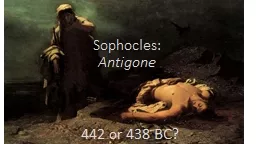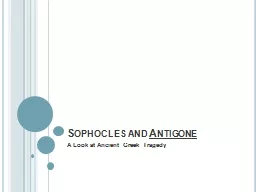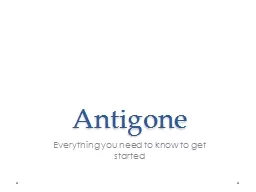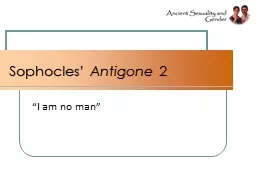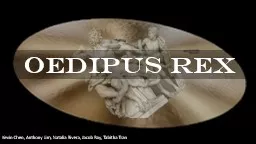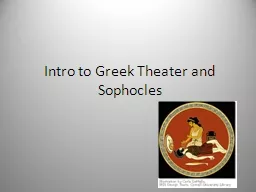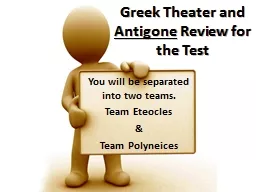PPT-Sophocles: Antigone 442 or 438 BC?
Author : min-jolicoeur | Published Date : 2018-10-29
Samos rebellion 44039 BC Yet the punishment resembles apotympanismos crucifixion on a plank which Athenians afflicted upon citizens guilty of henous crimes By
Presentation Embed Code
Download Presentation
Download Presentation The PPT/PDF document "Sophocles: Antigone 442 or 438 BC?" is the property of its rightful owner. Permission is granted to download and print the materials on this website for personal, non-commercial use only, and to display it on your personal computer provided you do not modify the materials and that you retain all copyright notices contained in the materials. By downloading content from our website, you accept the terms of this agreement.
Sophocles: Antigone 442 or 438 BC?: Transcript
Download Rules Of Document
"Sophocles: Antigone 442 or 438 BC?"The content belongs to its owner. You may download and print it for personal use, without modification, and keep all copyright notices. By downloading, you agree to these terms.
Related Documents

